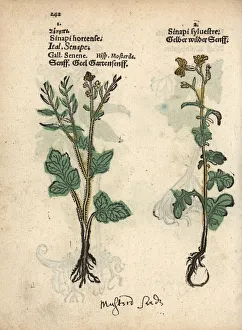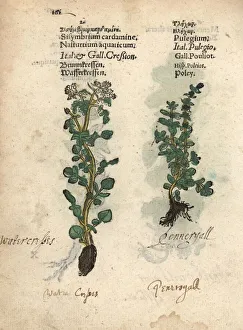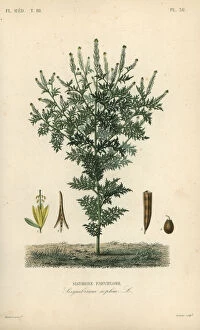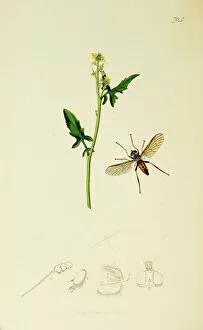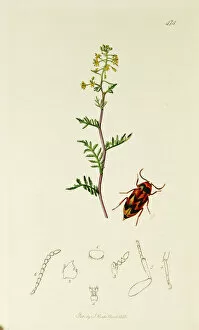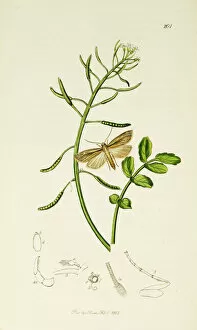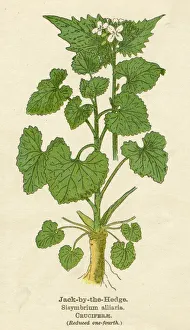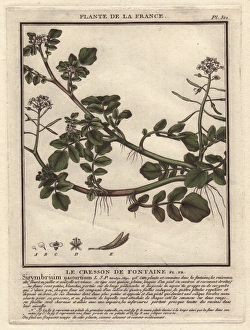Sisymbrium Collection
Sisymbrium, also known as hedge mustard or water rocket, is a versatile plant that belongs to the Brassicaceae family
All Professionally Made to Order for Quick Shipping
Sisymbrium, also known as hedge mustard or water rocket, is a versatile plant that belongs to the Brassicaceae family. With its white flowered watercress and distinctively shaped leaves, Sisymbrium nasturtium adds beauty to any garden. Watercress, scientifically named Nasturtium officinale, is another member of the Sisymbrium genus. Its vibrant green leaves and peppery taste make it a popular addition to salads and sandwiches. Eruca aquatica, commonly referred to as water rocket, shares similarities with Sisymbrium. This aquatic plant thrives in wet environments and has edible leaves that add a unique flavor to dishes. Sinapis alba or white mustard is closely related to Sisymbrium and hedge mustard. Known for its bright yellow flowers and pungent seeds used in condiments like Dijon mustard, this plant has both culinary and medicinal uses. Pennyroyal is often associated with Watercress due to their shared scientific name - Nasturtium officinale. However, pennyroyal refers specifically to Mentha pulegium rather than the Sisymbrium genus. Flixweed or tansy mustard (Descurainia sophia) is an herbaceous plant that resembles Sisymbrium in appearance but differs in terms of its flowering structure and can be found growing wild across various regions. The mention of Curtis British Entomology Plates highlights the significance of these plants for insects' survival. These plates depict different species interacting with sisymbrium plants – showcasing their importance within ecosystems.






